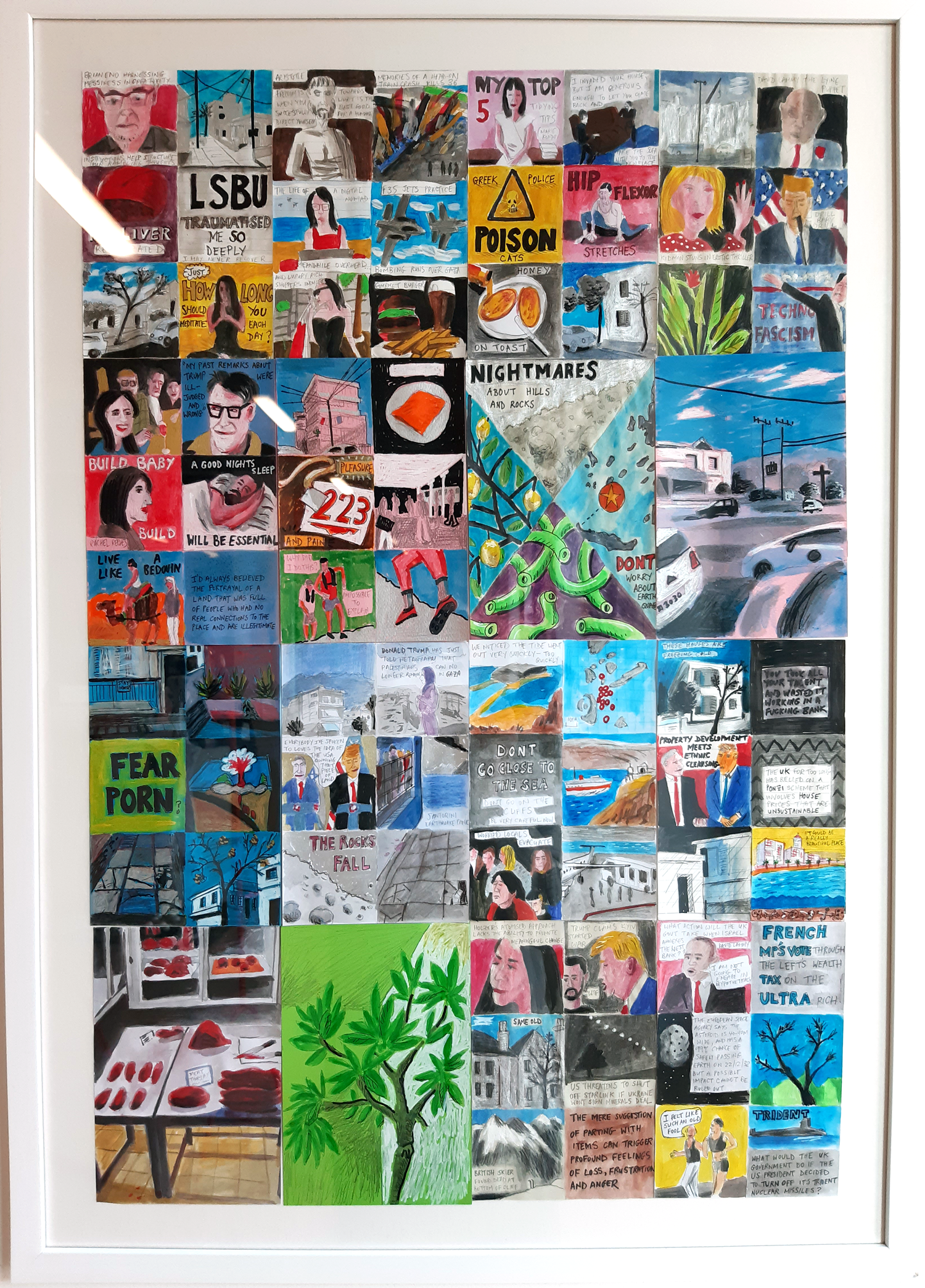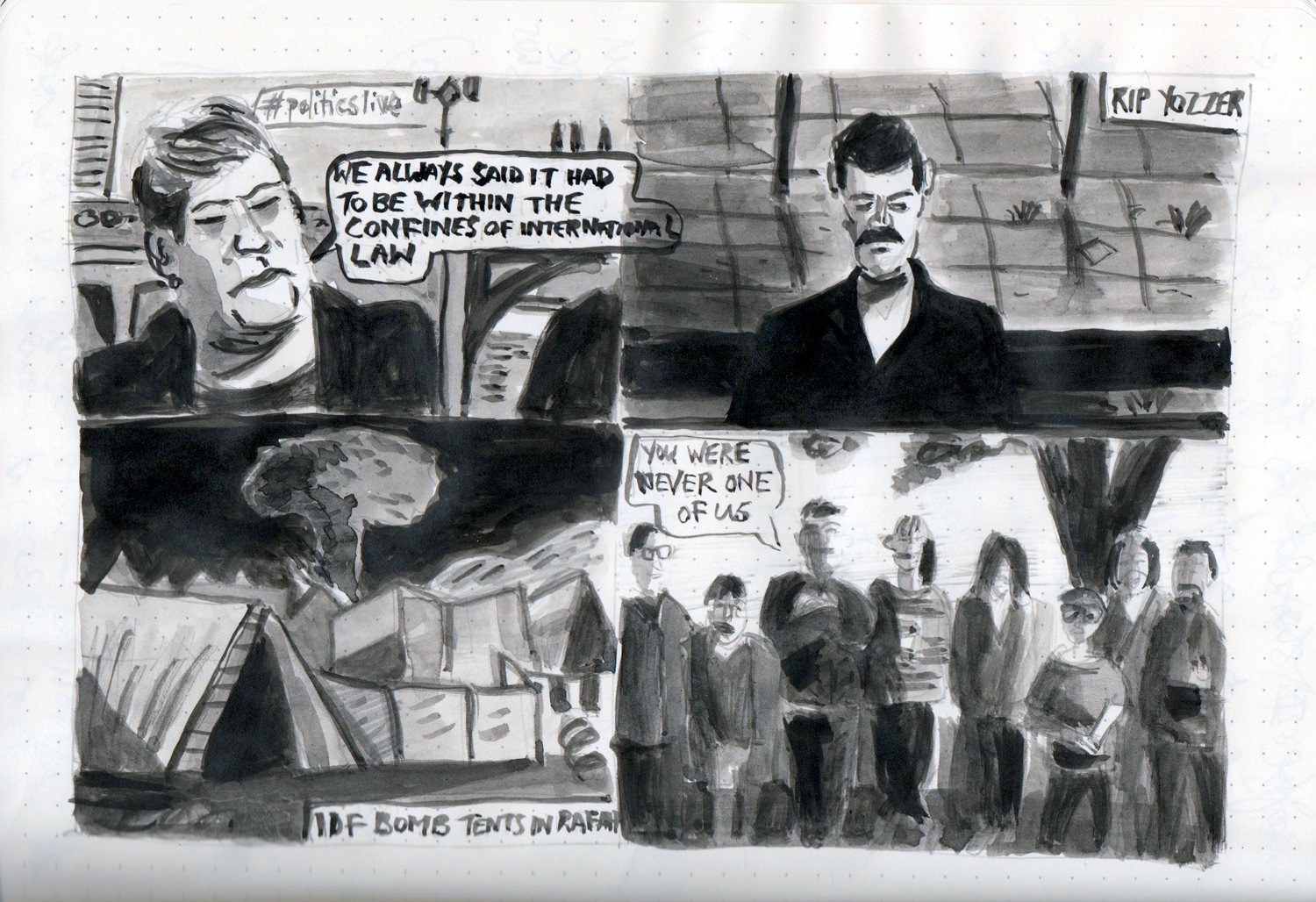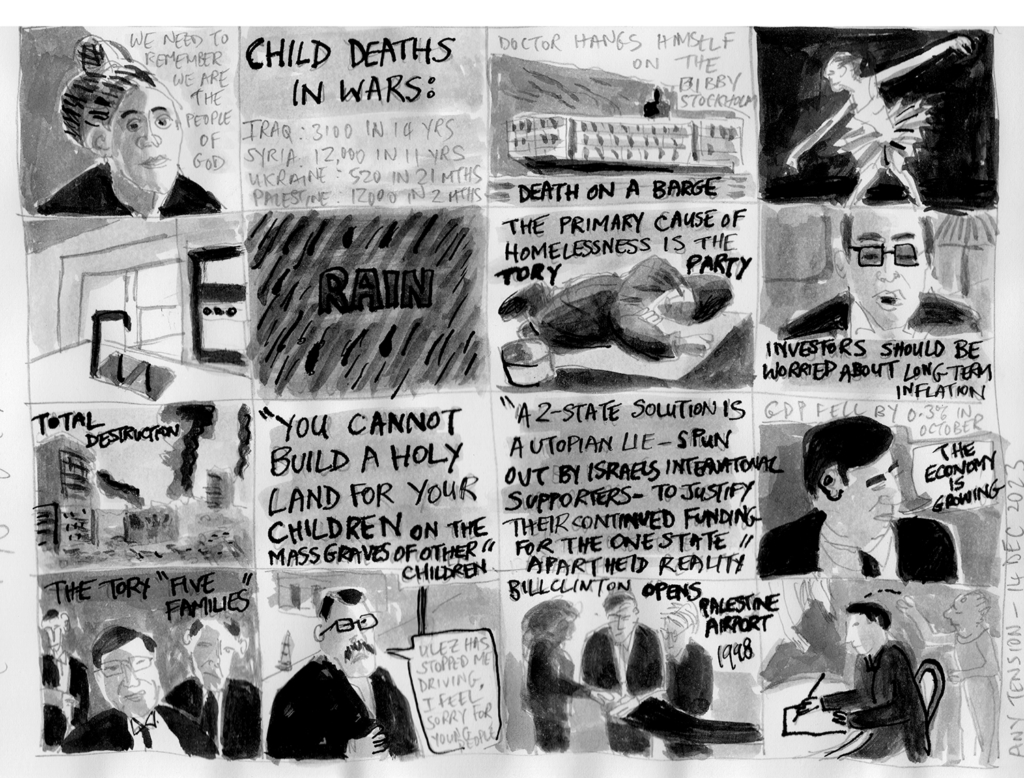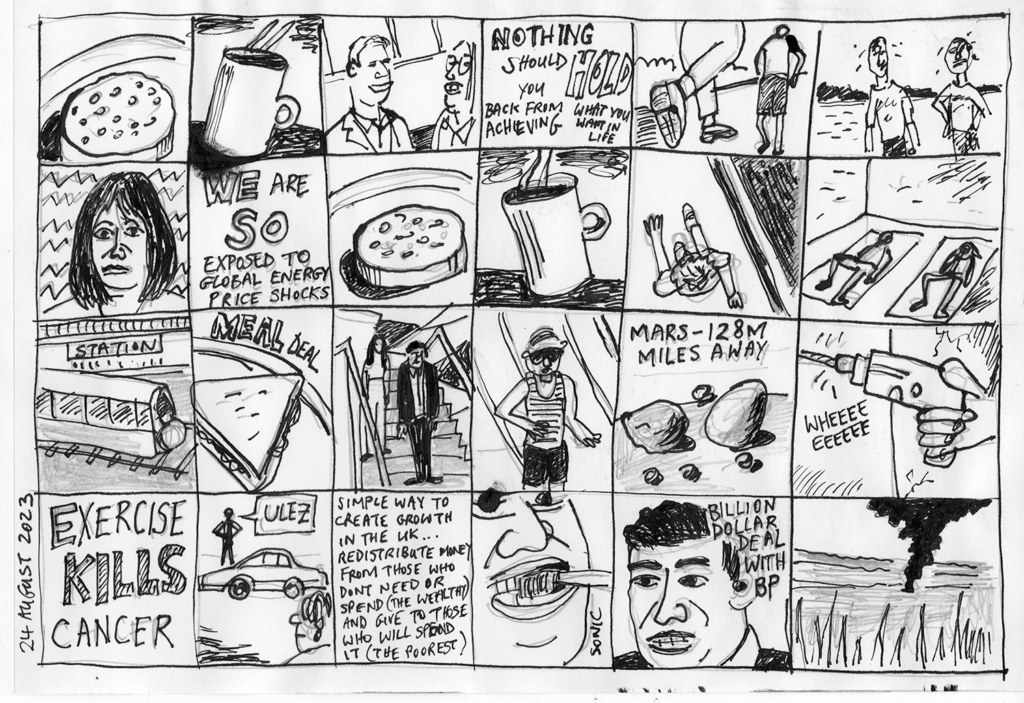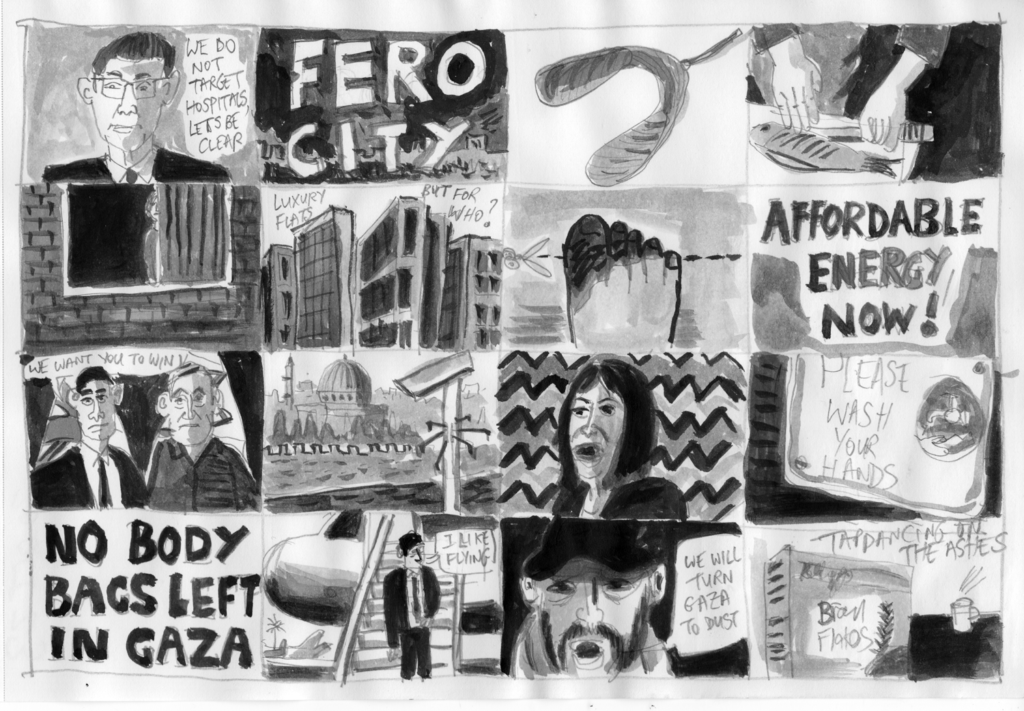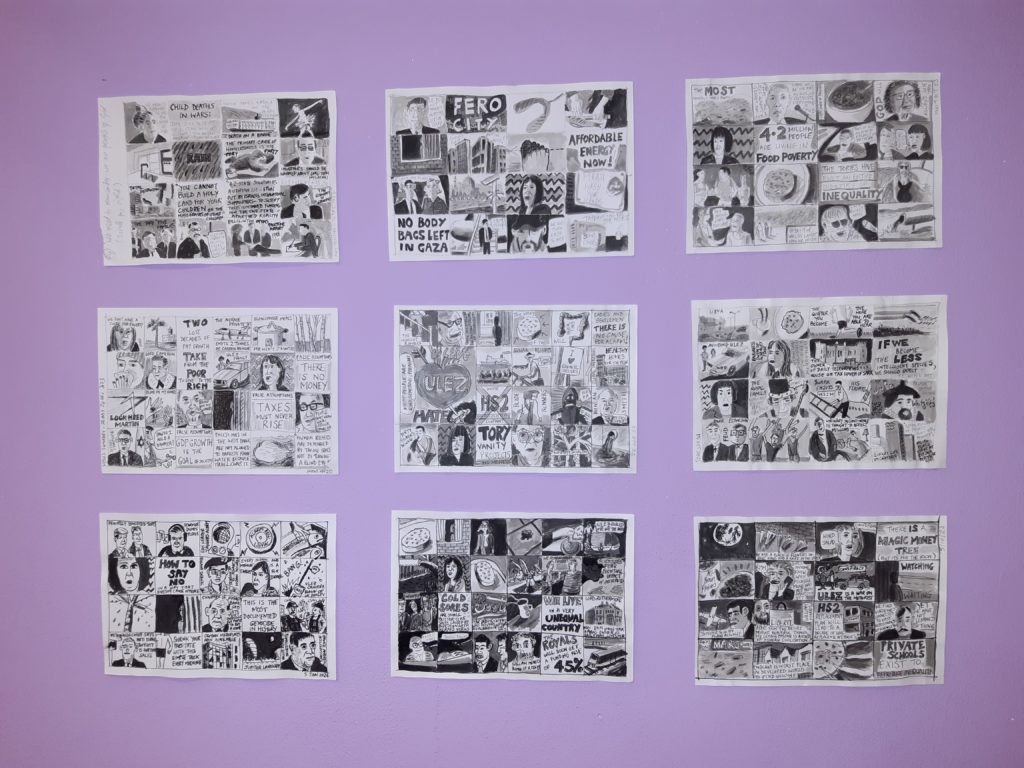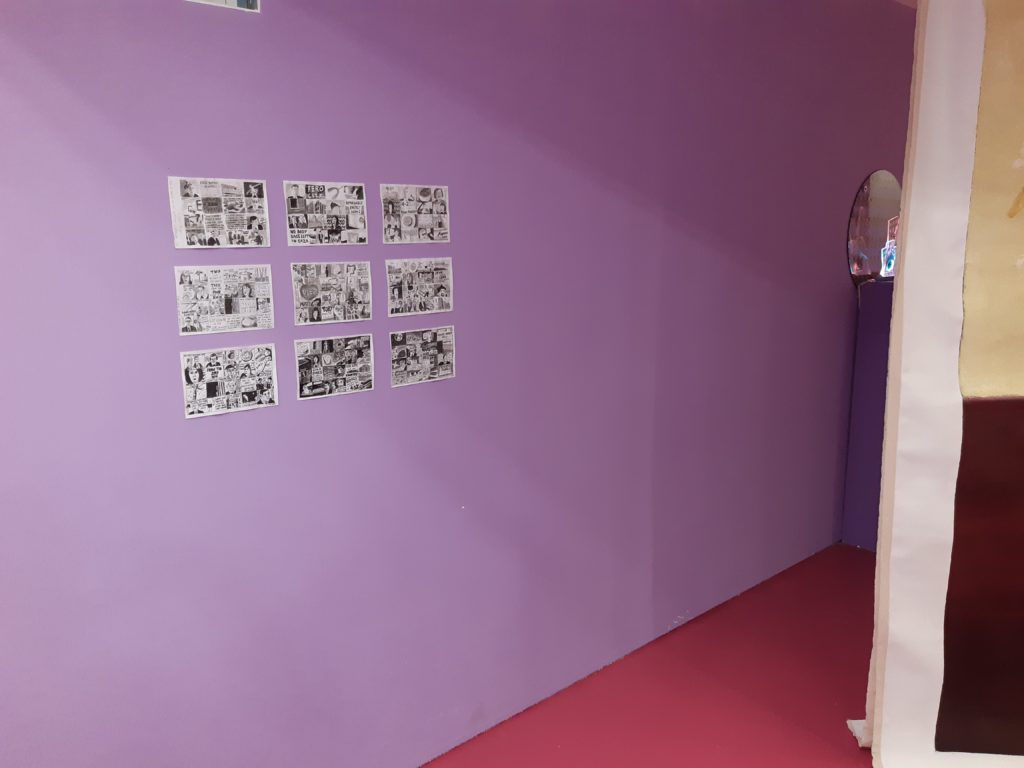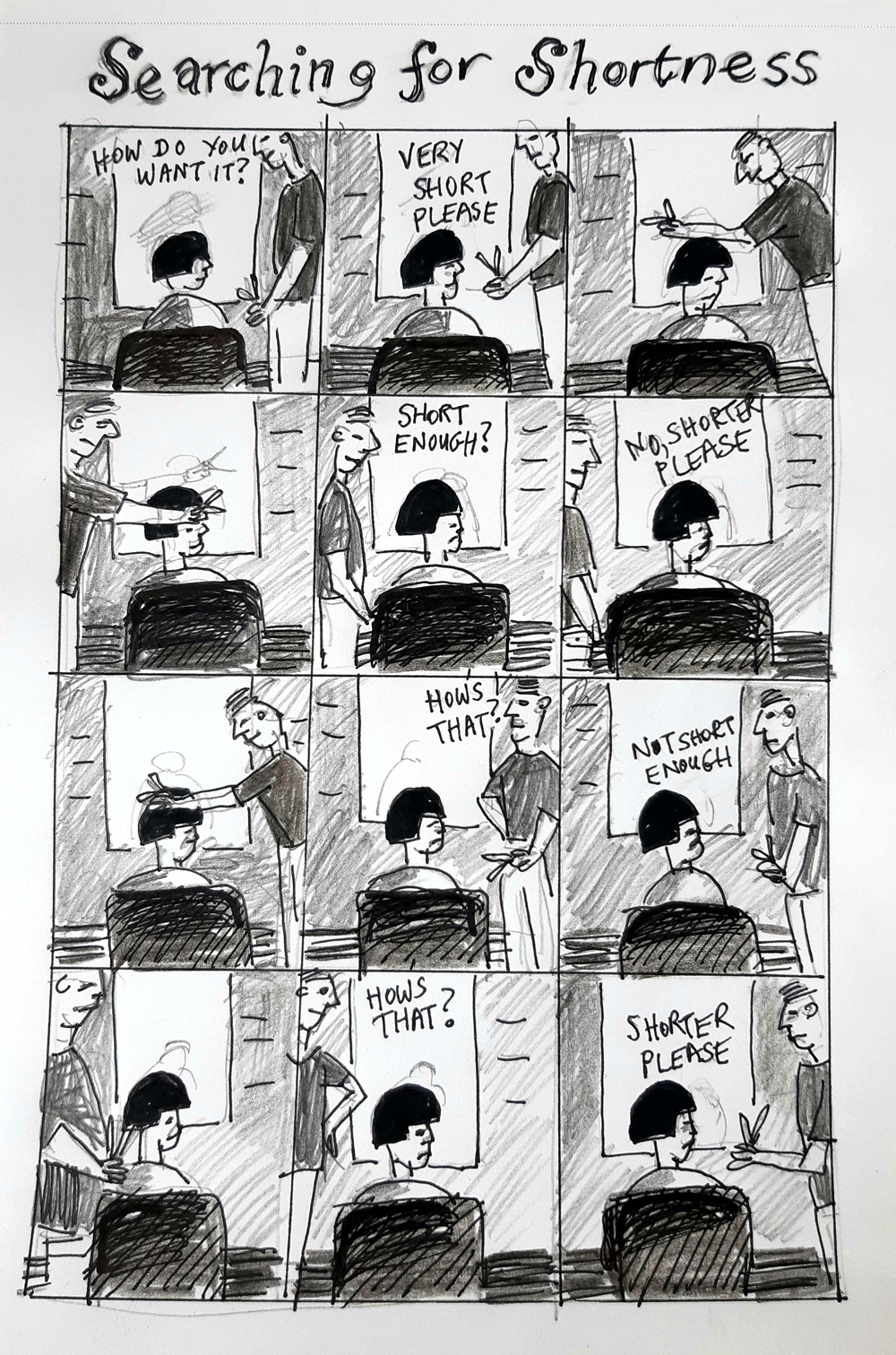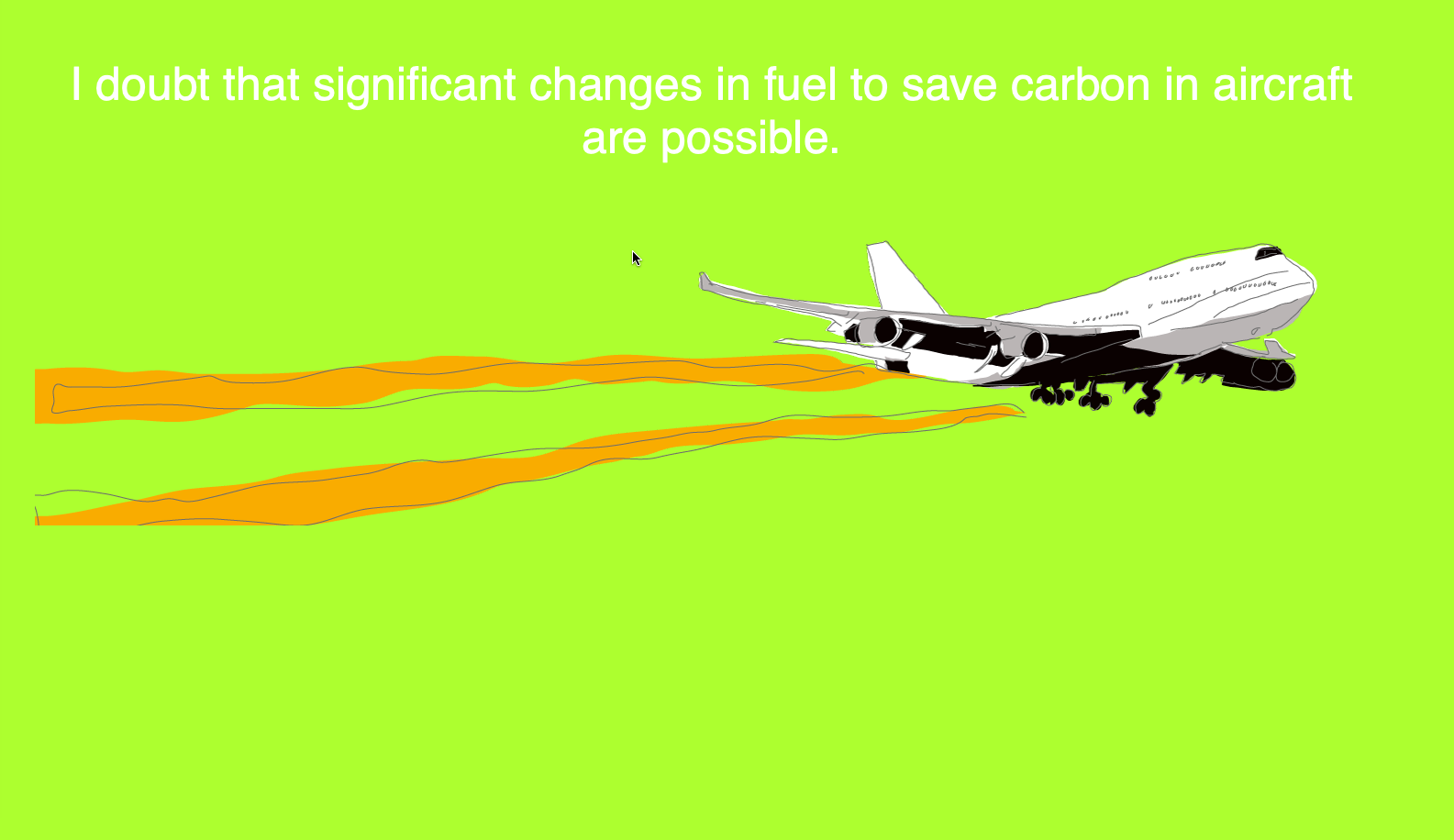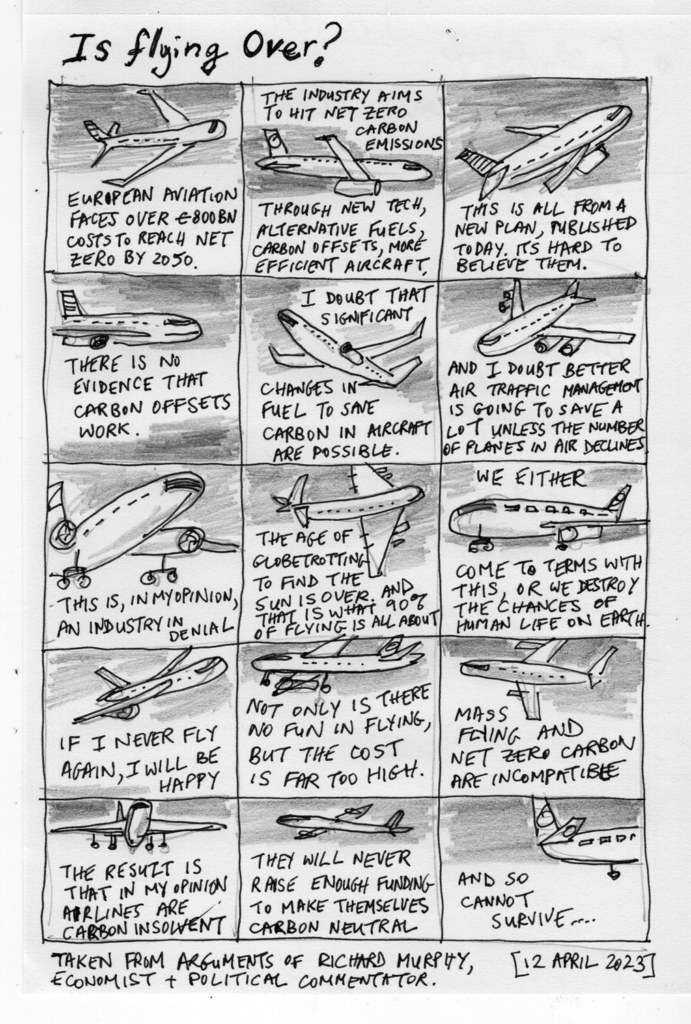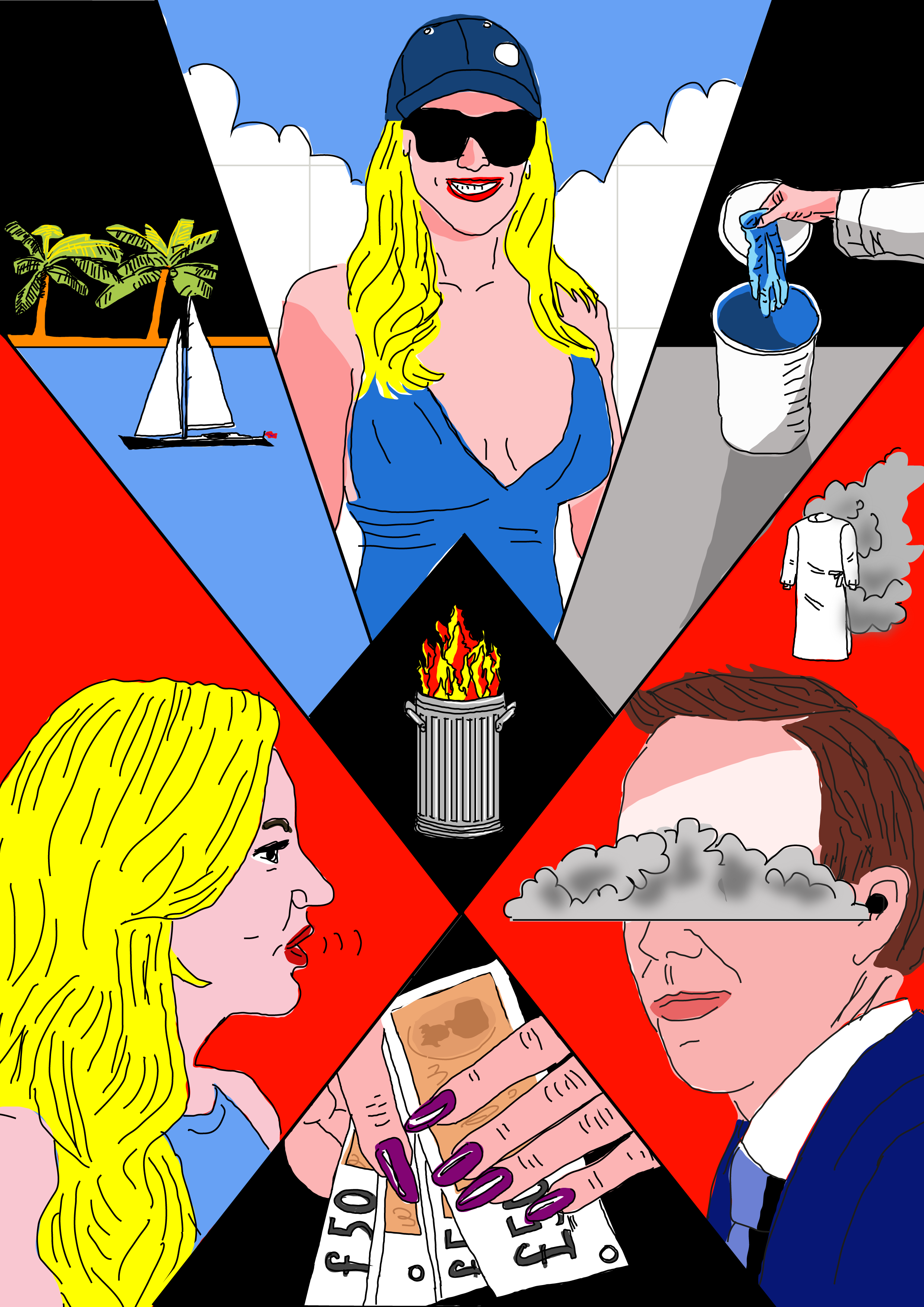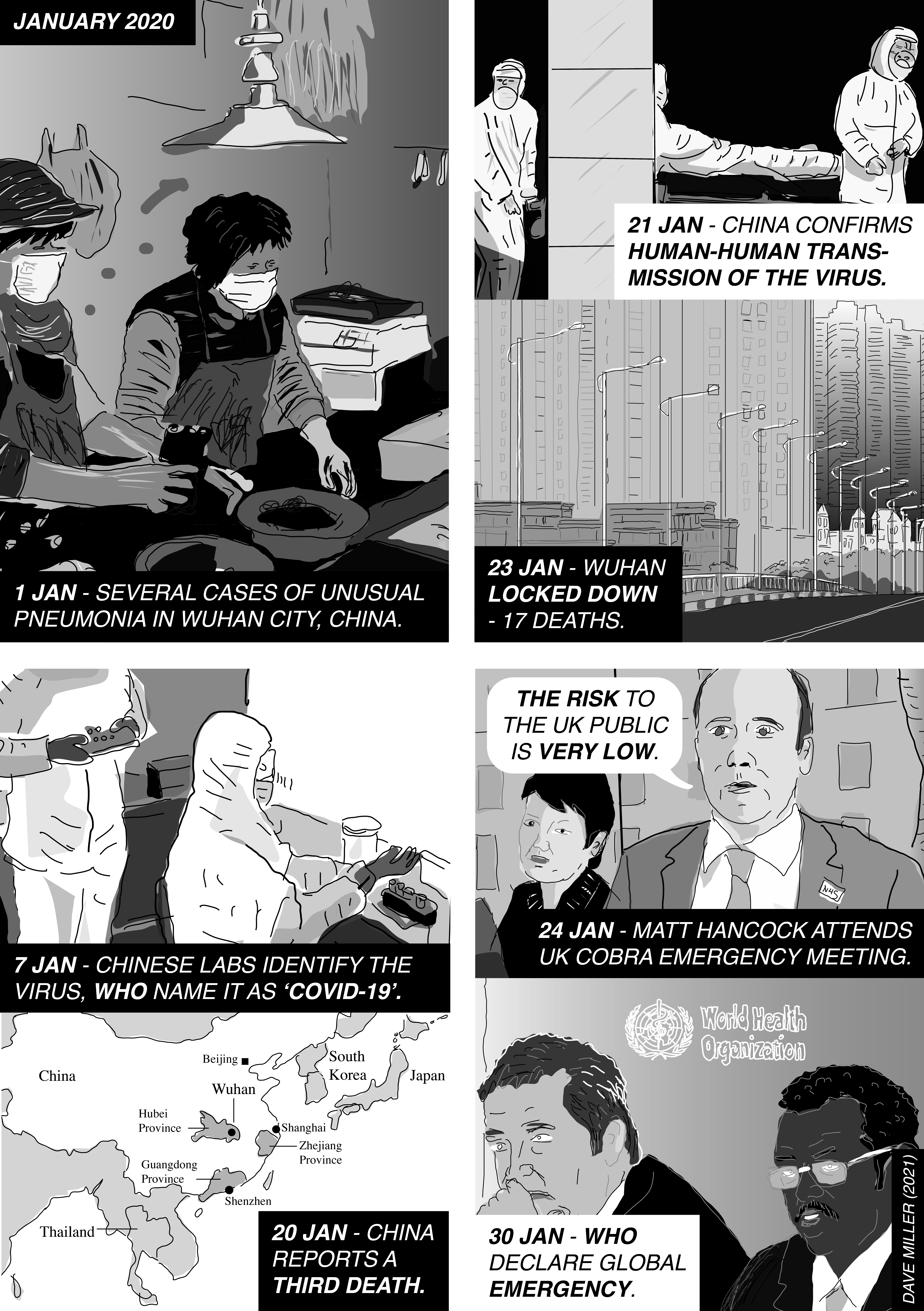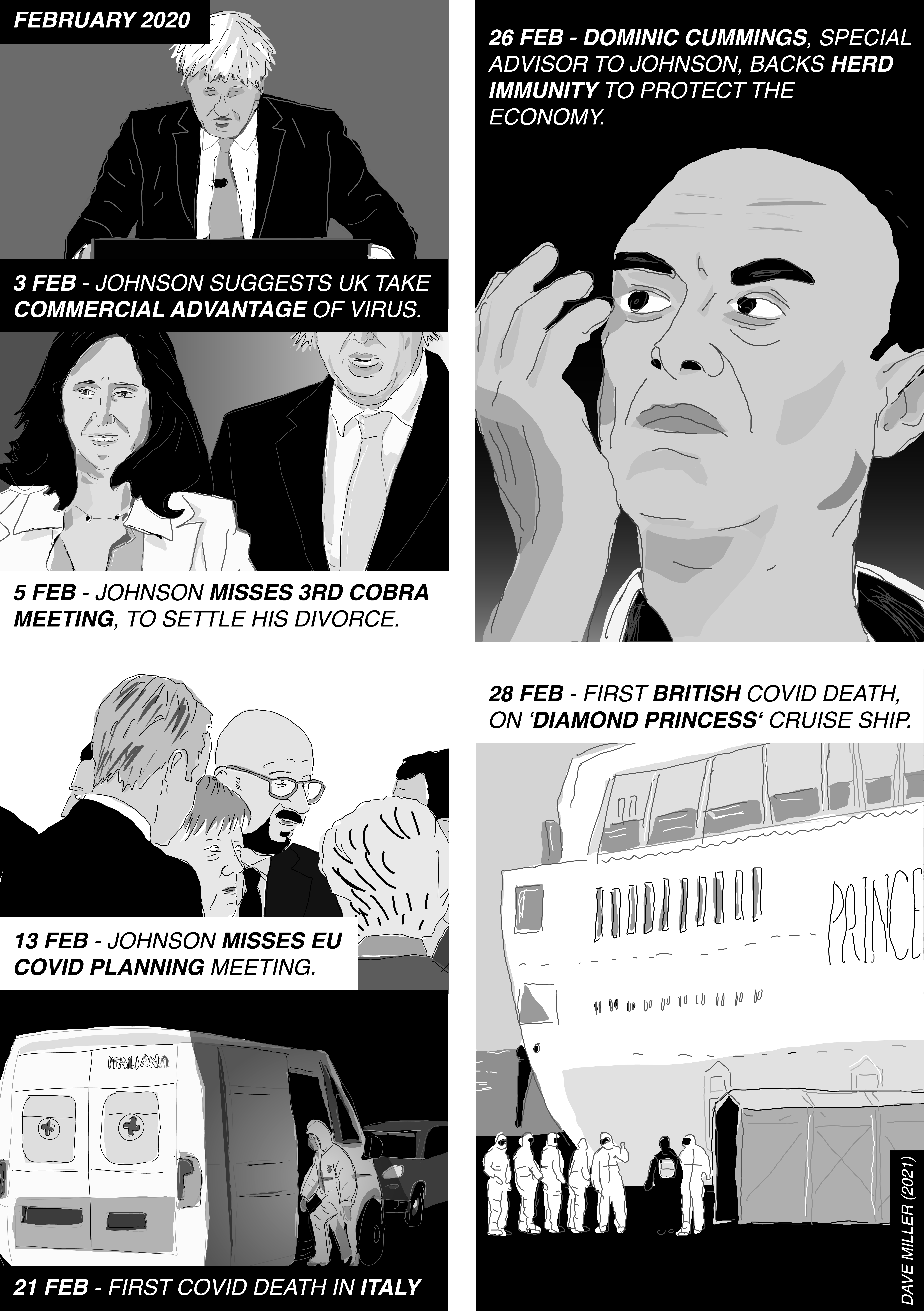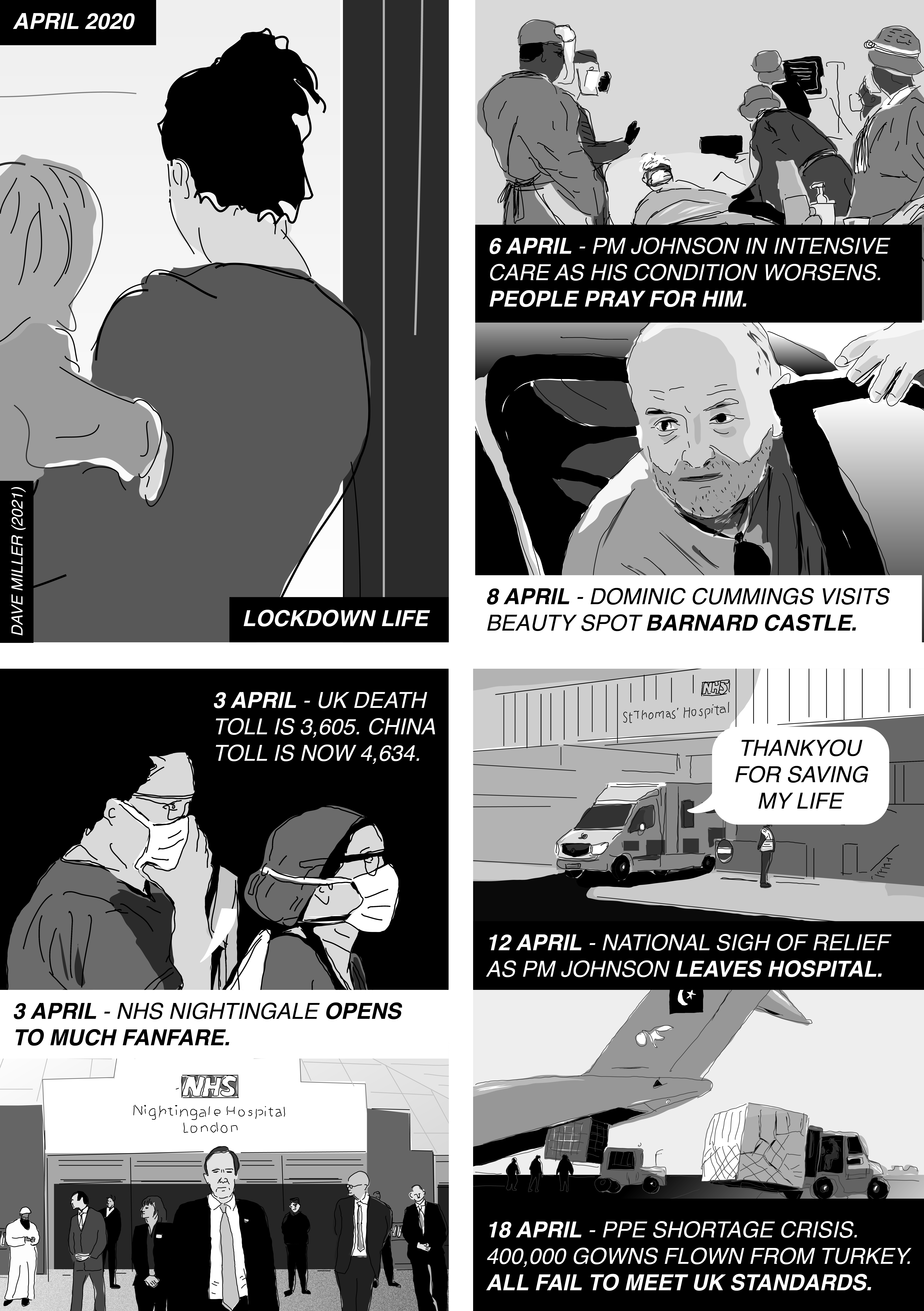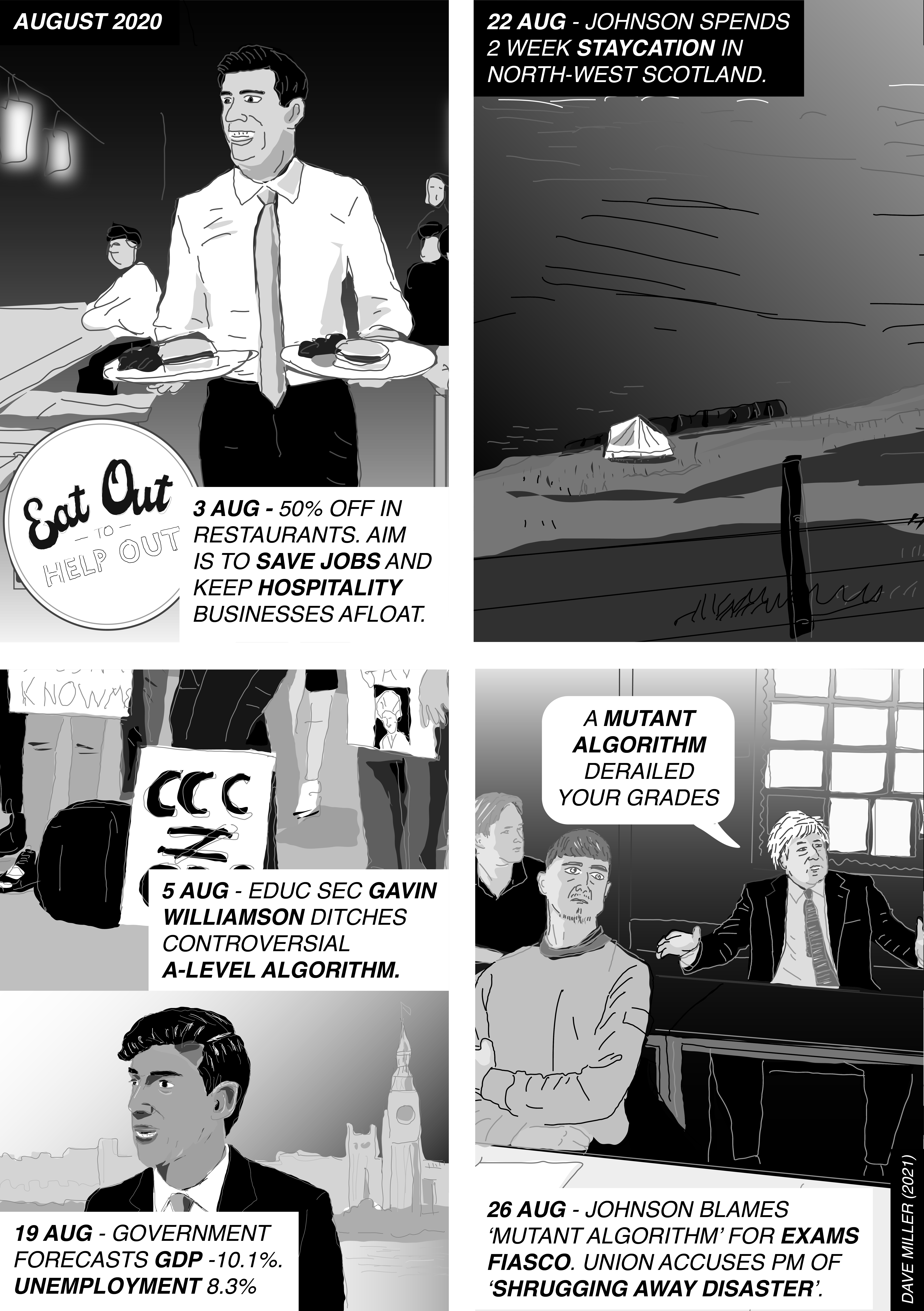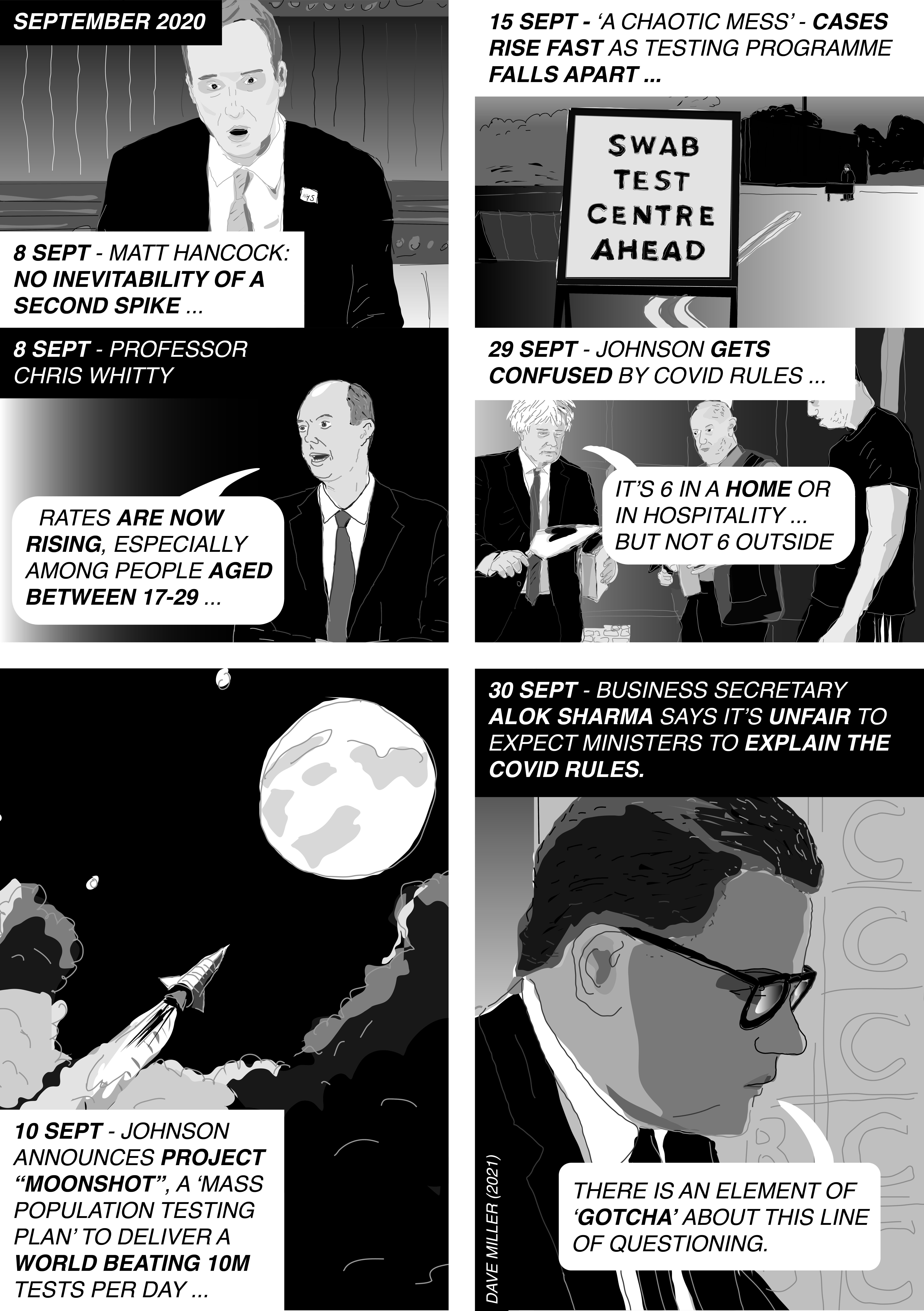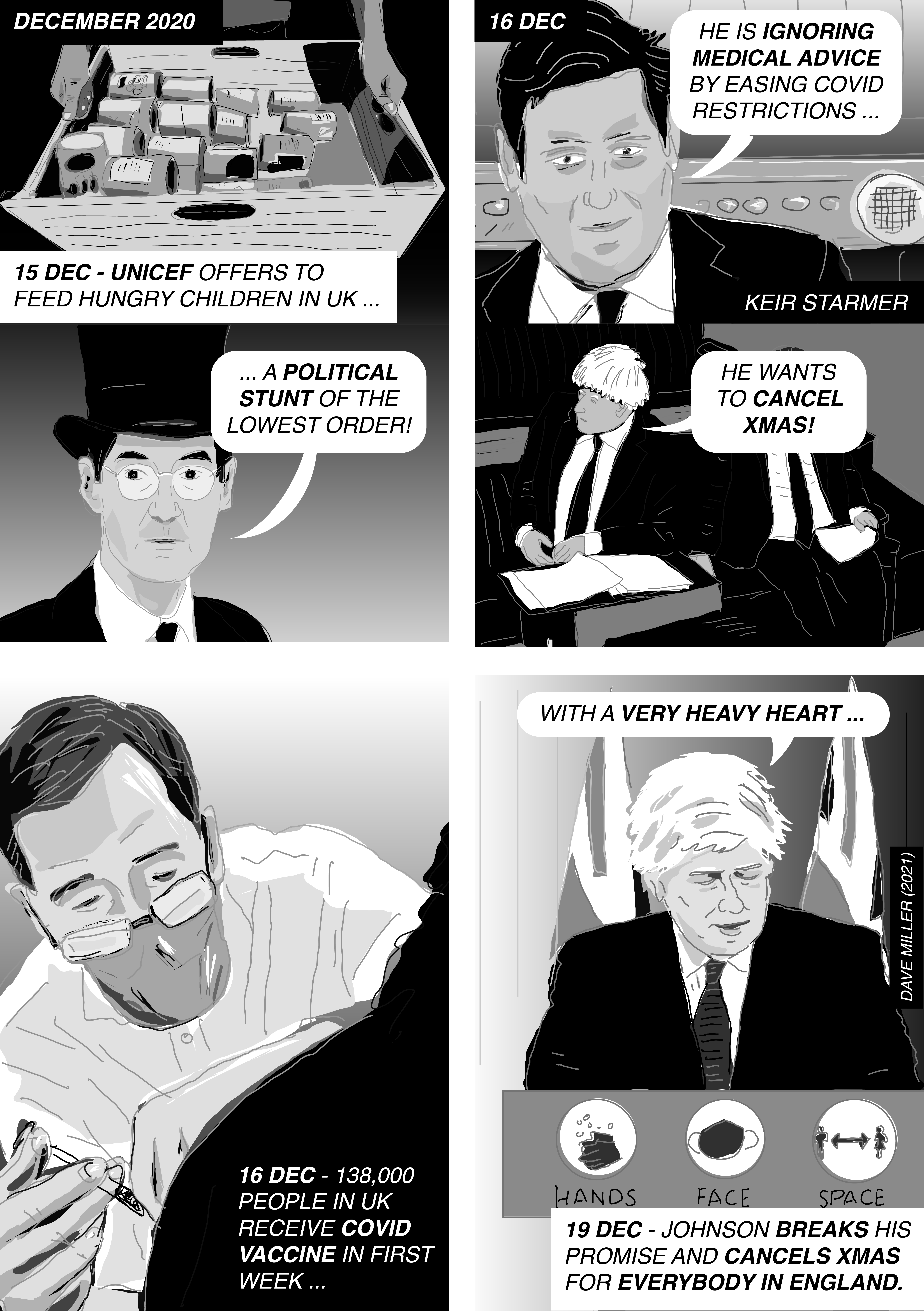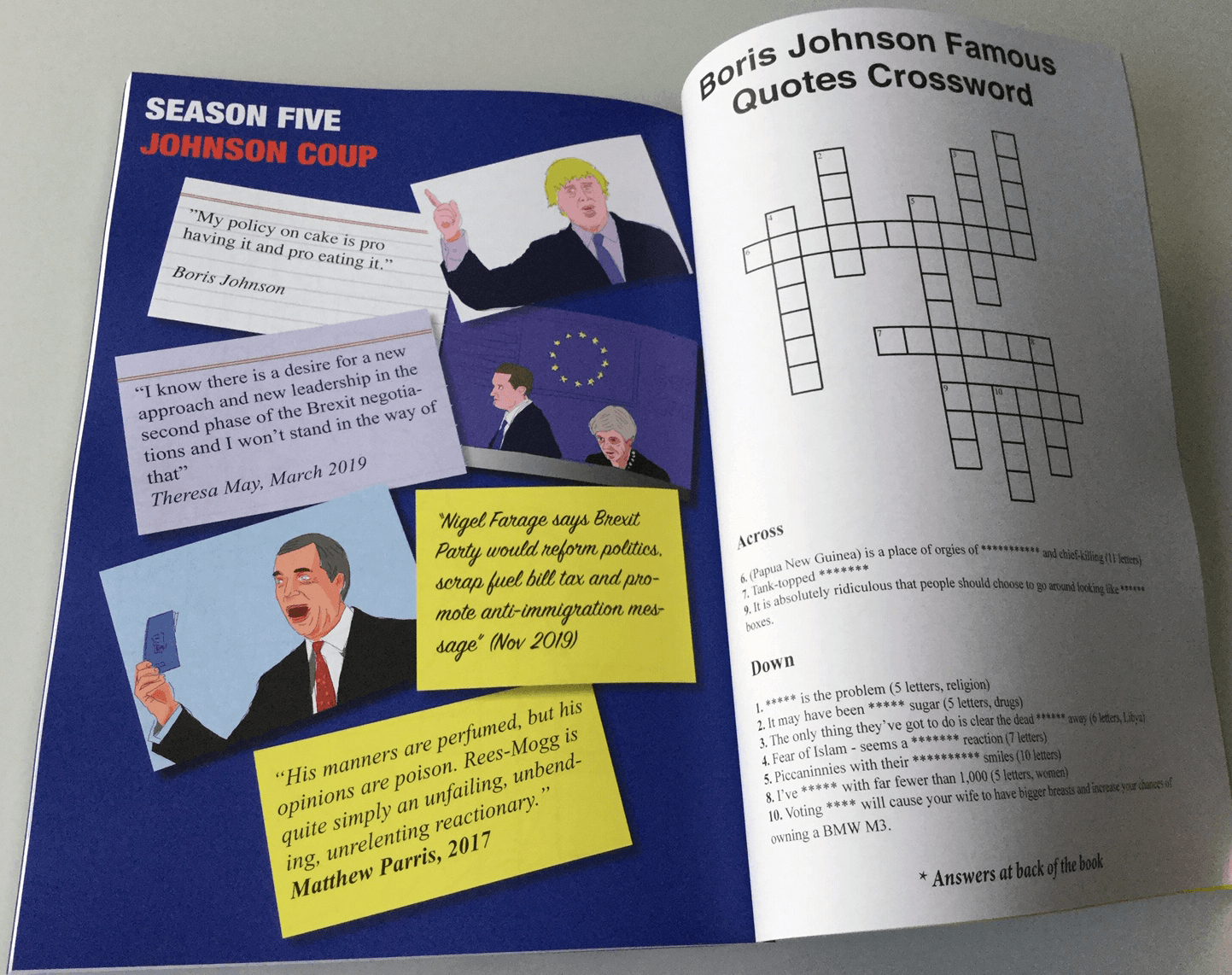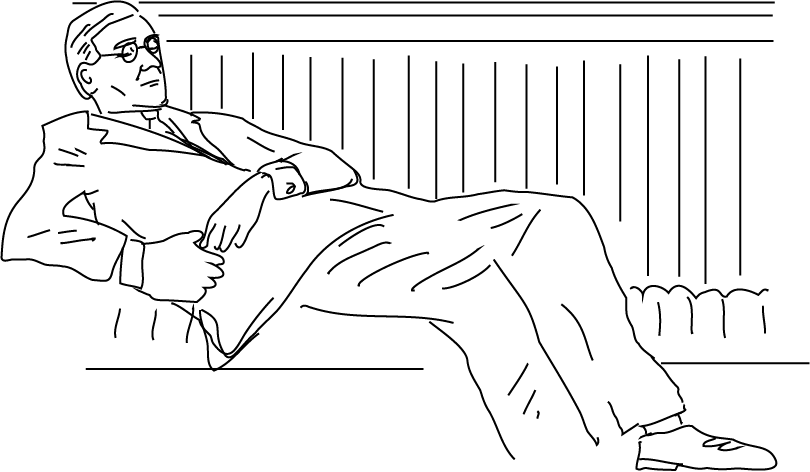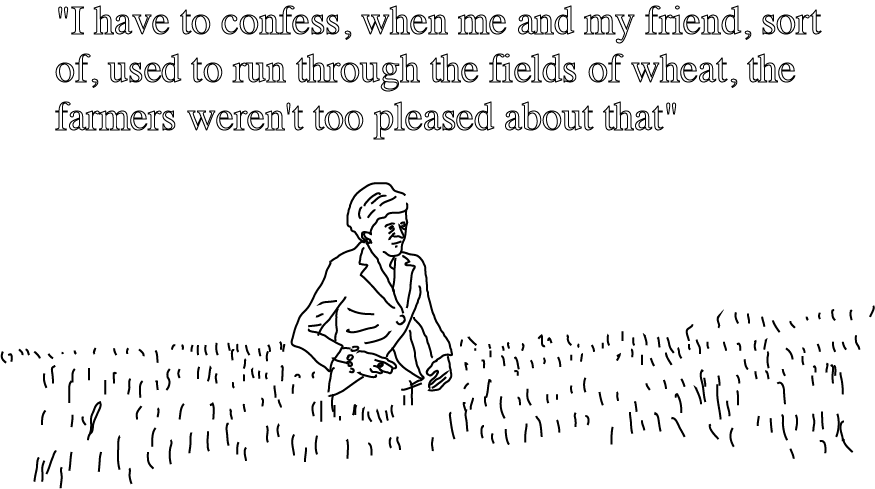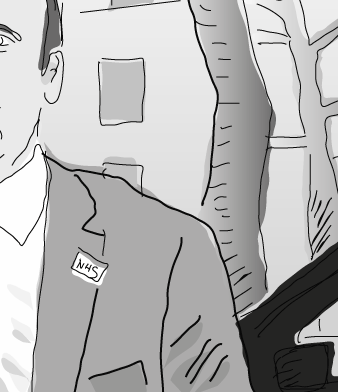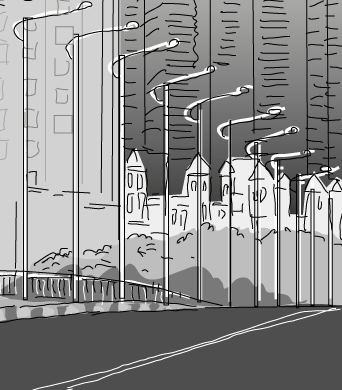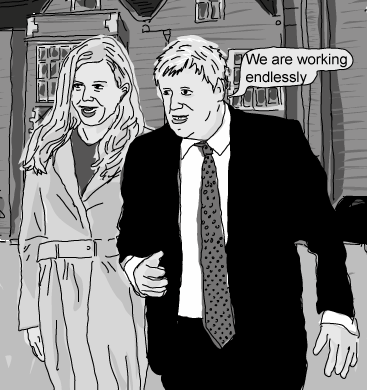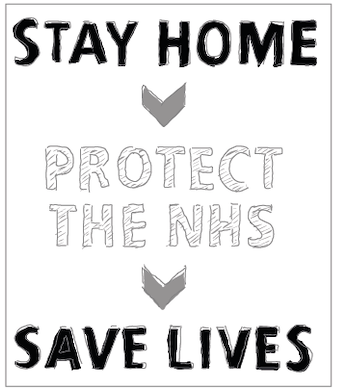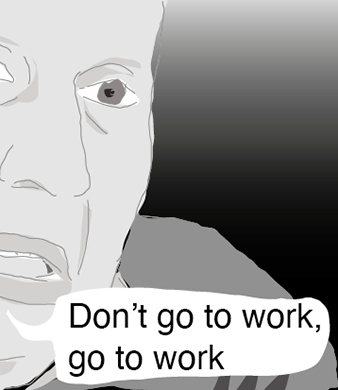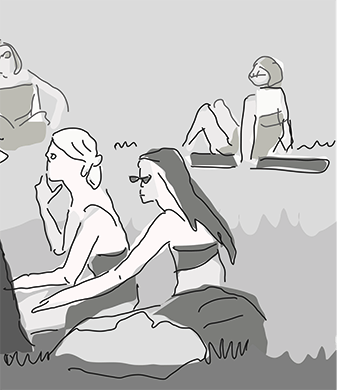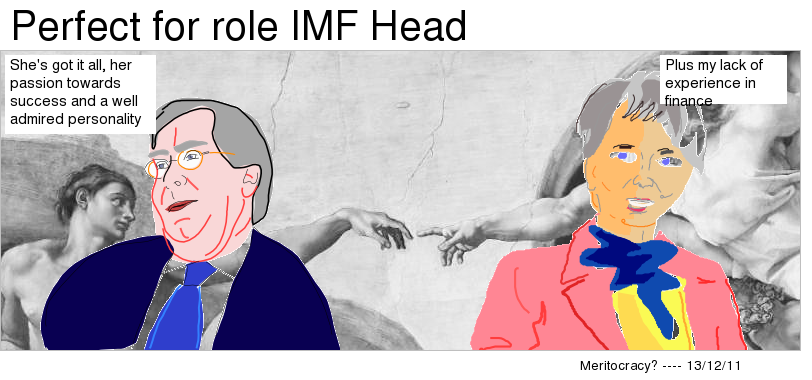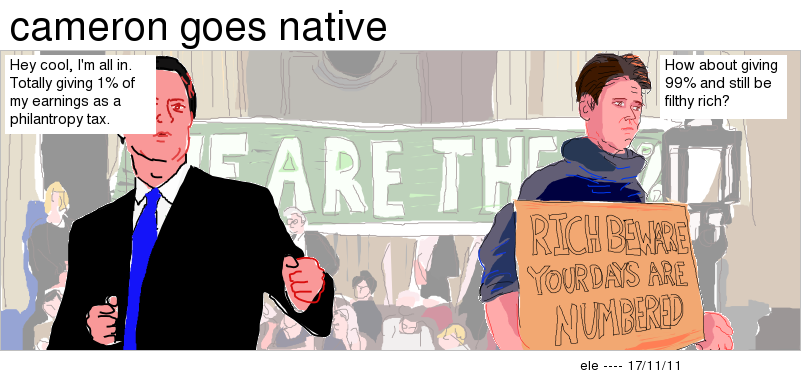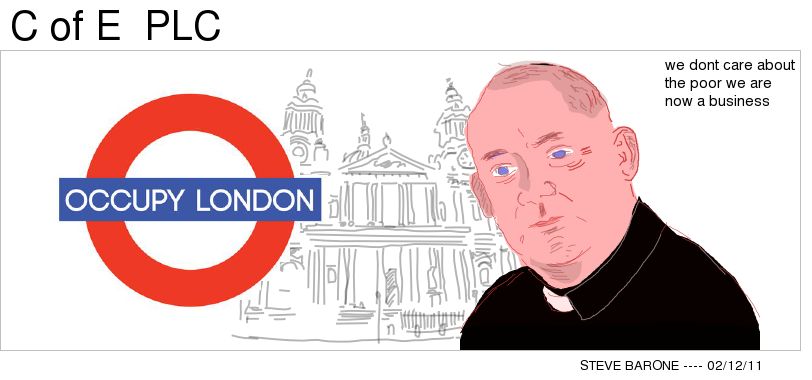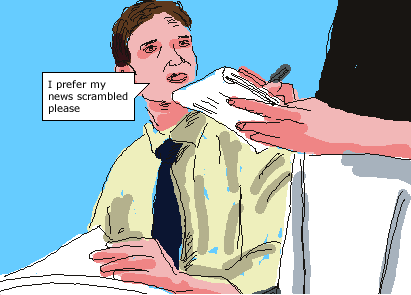I made a series of drawings for a group exhibition called ‘Clutter’ at the Hypha Gallery in Stratford, London.
The work consists of a 4X4 matrix of ‘grid drawings’. The grid drawings are daily journal entries, basically snapshots of the world around me and within me – at a particular moment in time. They are a way of assembling my thoughts, feelings, concerns, worries, opinions, news, politics, learning, stories, invented characters, writing … into one place. As I’ve described before, they are a kind of daily journal, release or catharsis. They have a comic feel about them, are quickly made (one day max) and are a bit influenced by Jenny Holzer.
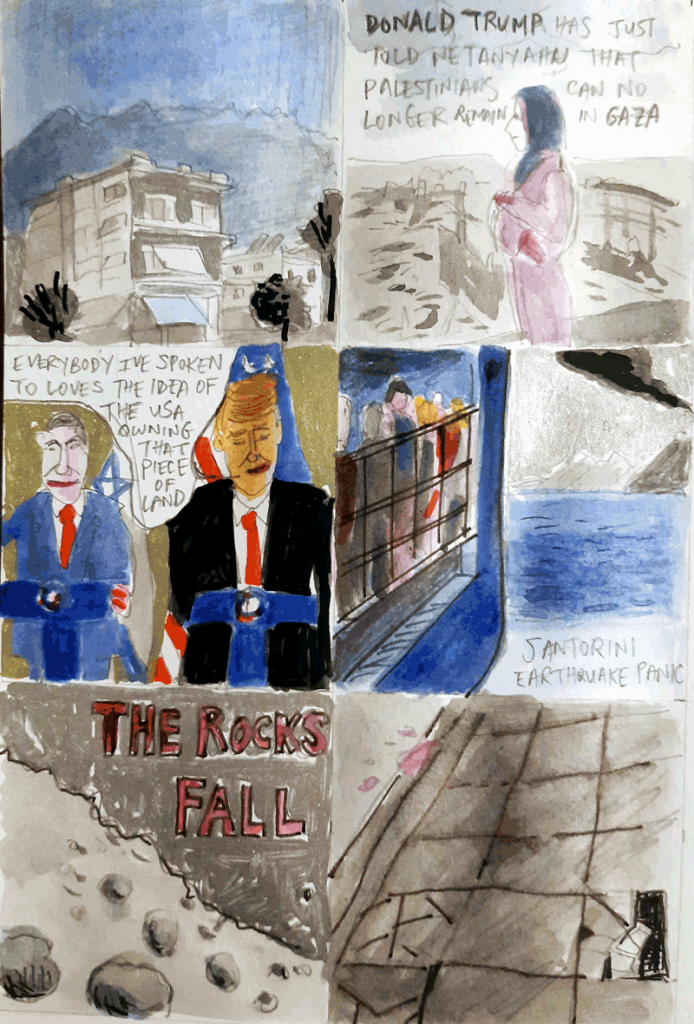
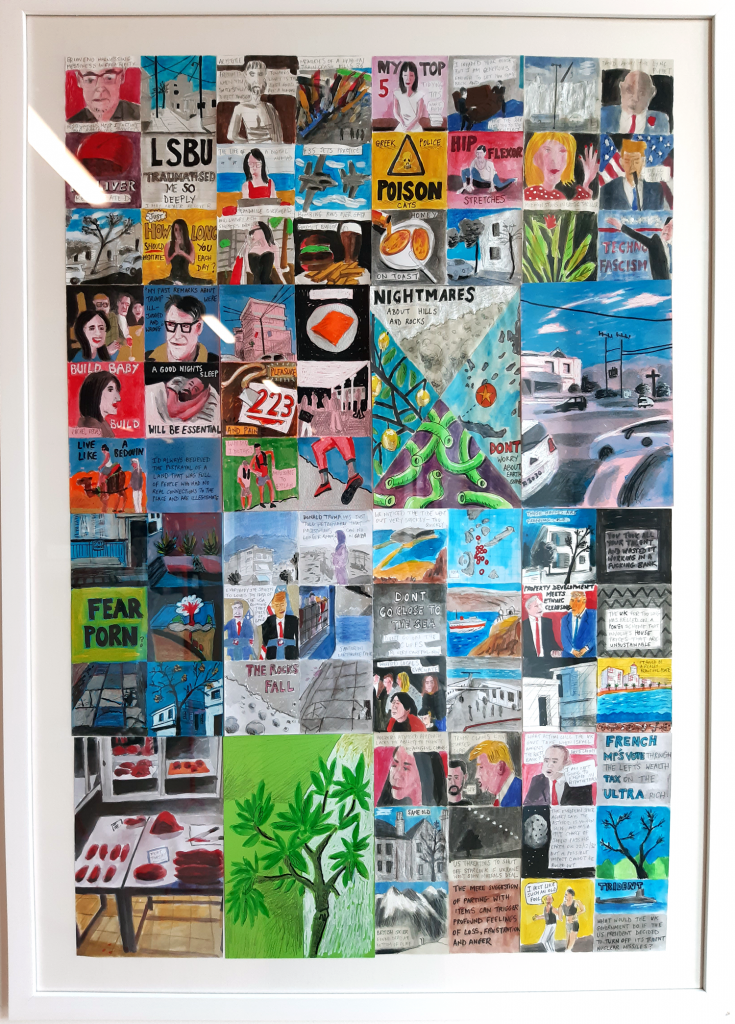
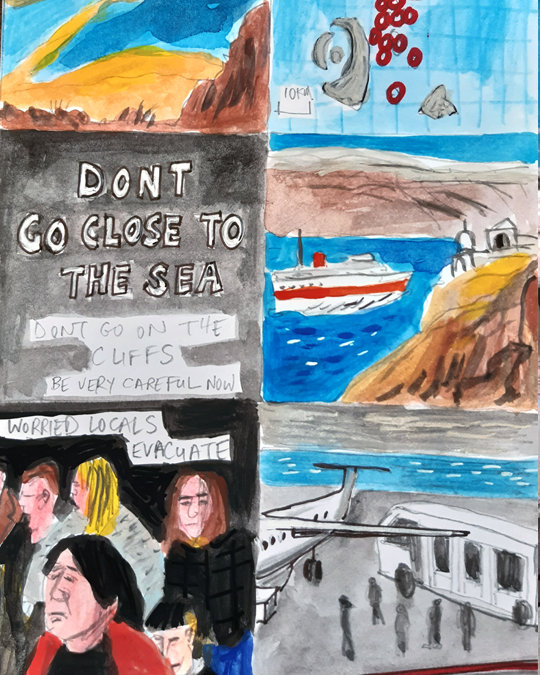
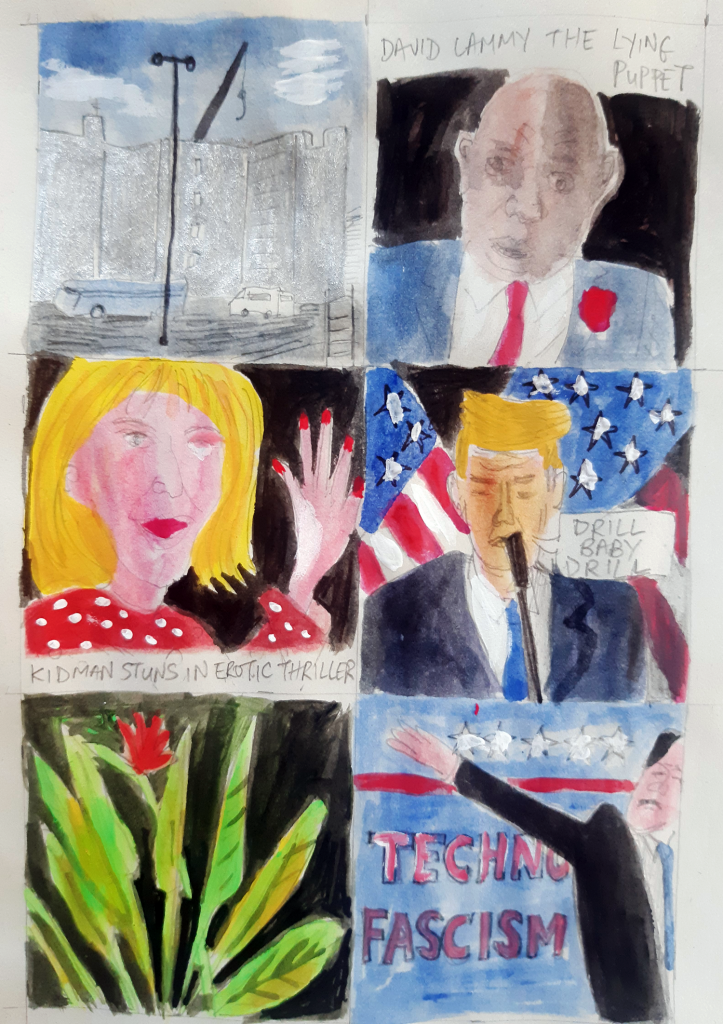
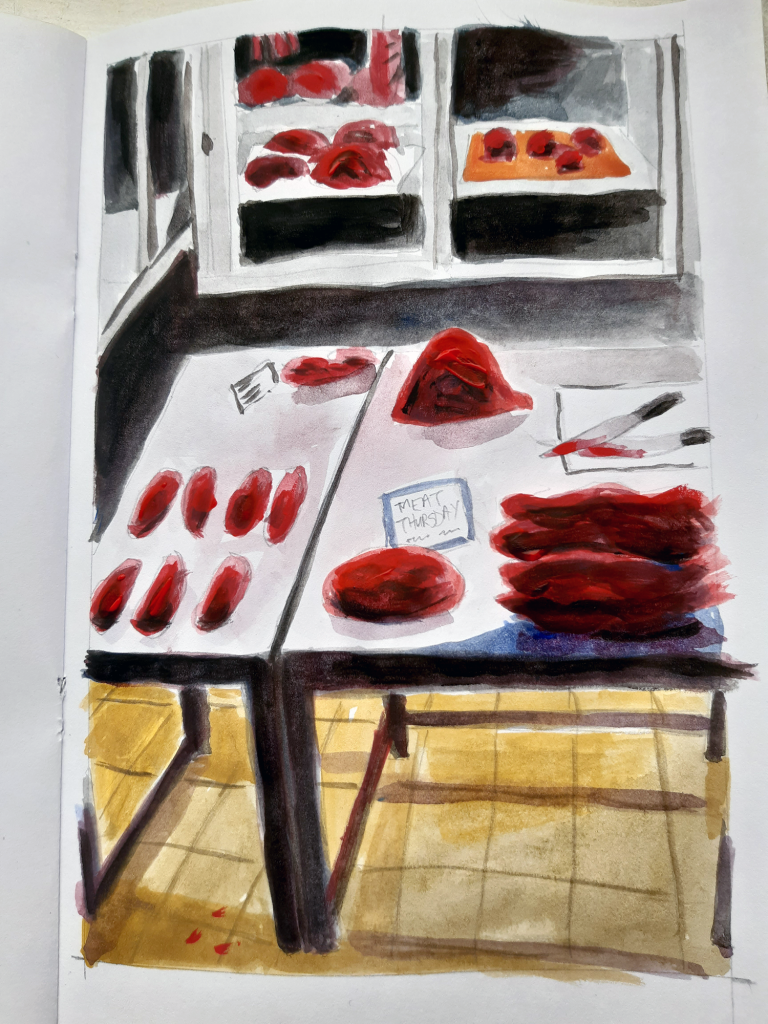
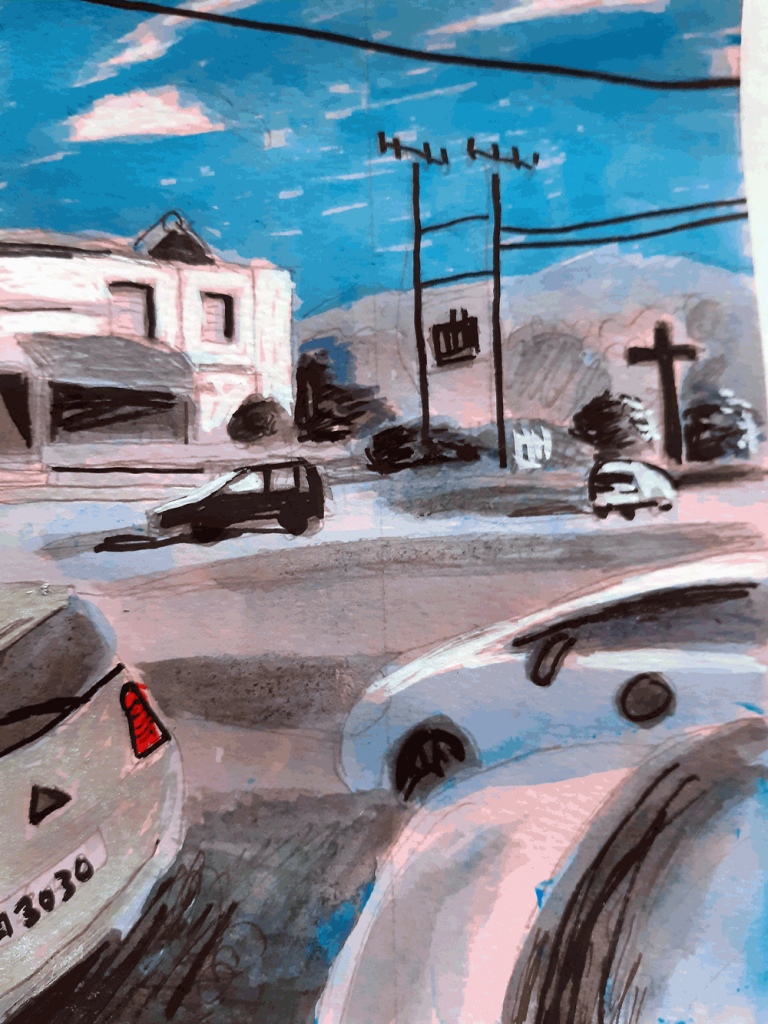
I went away (to Crete) for a month, locked myself away, to force myself to make the work and concentrate. The surroundings were an influence in the work, as they were very much part of my world and thoughts over the month. The earthquakes in nearby Santorini added some tension to the work.
I blogged about it here: https://www.a-n.co.uk/blogs/diy-residency/
The grids are unfiltered, randomised brain dumps and rambling thoughts. Disorder often stimulates us with new ideas and creative ways of doing things. They are messy, and I wanted to make some order from this, and so the process is chaos -> order.
Brian Eno used cards (in music composition), containing instructions or rules, to help structure rambling thoughts, and compose something interesting. More about constraints:
https://rhizomecollaborative.com/the-beautiful-side-of-constraints
I decided to structure the grids into something more ordered, to structure my rambling thoughts …
Structuring
The work consists of 3 components:
- panels
- grids
- matrix
Most of my panels follow themes, and these themes repeat within grids.
To try to structure the grids I devised a colour coding system, using a different colour palette according to the particular theme used in each panel. This way a colour structure appears within the grids, and this becomes useful – and interesting – when many grids are displayed together as a matrix, which is what I’m planning to do for the Clutter gallery show. I would only know how visually successful this is once the works were assembled once they had been made. So it was a bit like working in the dark, and I need to improve this way of working next time in future.
Colour code:
- Trees & buildings – silver, grey, black, blue
- Concepts – gold, yellows, black, ochres
- People – red, pinks, black, purples
- Nature – green, light green, black, blue
- Slogans/ opinions – black, grey
- Politics – greys, blue
- Diaristic – greys
- Text – black, grey
- Textures – grey
- Body – reds
- Thoughts & feelings – yellow, grey
- Philosophy & theory – brown & black
- Food and meals – black, grey
- Outer space – black, grey, silver
Note that some of the individual panels in a grid actually mix themes, and so I allowed combinations of codes to take place.
The grids work as individual items, but using this colour coding system, they can also (hopefully) work as part of a bigger structure, though in different ways to how they work individually. They will be connected to each other through the colour coding. For this gallery show, they are going to be presented in chronological order. But devising better rules for this would be a logical next step, to take the project forwards.
Rules
The code/ rules aspect interests me – particularly in how the colour coding rules dictate the overall composition. This is perhaps a nod to generative art – and rule based art.
As Philip Galanter said (2006): “Generative art happens when an artist chooses to cede some degree of control to an external system, and the artwork thus results from more than just the moment-to-moment intuitive decisions of the artist.” (https://philipgalanter.com/downloads/vague_terrain_2006.pdf)
Random journals?
On reflection, I don’t think the grids are merely messy random journals, I think they are actually the finished work. I like to make/ finish each one within a day, so it’s a true reflection or snapshot of that moment and my emotional state, and the things in my head. Finishing one gives me a sense of completeness. They need to be done in a day. They are like today’s news. Tomorrow it’s all different.
How ro improve – reflection on the work
- Work too small – bigger format – A4 each work?
- Reduce use of grids – use them – but less
- A page for whole work
- Make work bigger
- Use text as before, but easier to read
- Limit the number of words in each page?
- Explore graphic aspects more
- Try different materials
- Write scripts
- Write stories
- Experiment more – constraints, rules … Eno, Oulipo …
- Avoid framing – instead pin to wall – pin each corner – and leave white space between works
- Make rules/ constraints more obvious, so people can see them more
- Know how the bigger work will look in advance
- EACH PAINTING IS A PART OF SOME GIGANTIC WHOLE.
